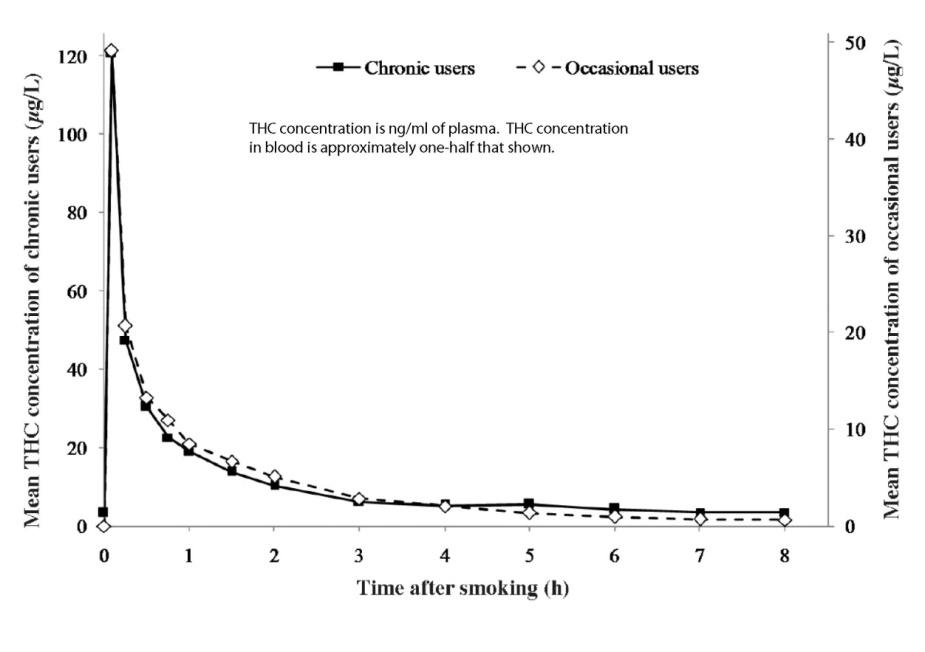 Proponents of a 5 ng THC law argue that Dr. Jan Ramaekers told Colorado’s Drug Policy Task Force (DPTF) that 5 ng THC equals .08 BAC. Dr. Ramaekers is a good scientist from the Netherlands. NHTSA contracts with him to perform impairment studies. He’s highly regarded.
Proponents of a 5 ng THC law argue that Dr. Jan Ramaekers told Colorado’s Drug Policy Task Force (DPTF) that 5 ng THC equals .08 BAC. Dr. Ramaekers is a good scientist from the Netherlands. NHTSA contracts with him to perform impairment studies. He’s highly regarded.
Dr. Ramaekers also said,
• “A THC limit is to protect the general public.”
• “Combined cannabis plus alcohol in any dose is bigger than either alone.”
• “Impairment occurs with blood serum concentrations between 2 and 5 ng (between 1 and 2.5 ng in whole blood).”
• “[In The Netherlands,] daily cannabis smokers are deemed unfit to drive and their licenses are revoked.”
It’s unfortunate that cherry picking his “5 ng = .08 BAC” sound bite turns his good science into bad science.
As we study Ramaekers’ “5 ng = .08 BAC” sound bite, we can see that those who quote him are misusing his information for two reasons:
1. Subjects in Ramaekers’ study are occasional and frequent, but not daily, smokers. He does not test naïve or infrequent smokers who he says become impaired more easily than regular smokers. He also does not test daily smokers, such as medical marijuana patients who may have developed a tolerance for some of marijuana’s impairing effects. As Ramaeker didn’t test any daily smokers who may use this type of product, his test pool of subjects does not represent the population at large in Colorado. Our laws must cover both naïve smokers and daily users. As Ramaekers told the DPTF, “If you define a per se limit, are you defining it for the population at large or each individual? The numbers would vary greatly depending on the population you’re defining per se for.”
2. In Ramaekers’ research, he is able to simultaneously assess THC levels and impairment. Law enforcement officials cannot do that. They are only able to assess THC levels long after the event which precipitated an arrest, usually an hour or more. Since THC drops by almost 90% within the first hour of smoking, and 45% or less per hour thereafter, any equivalence between THC levels and impairment that are determined experimentally are irrelevant to establishing a per se level for law enforcement.

